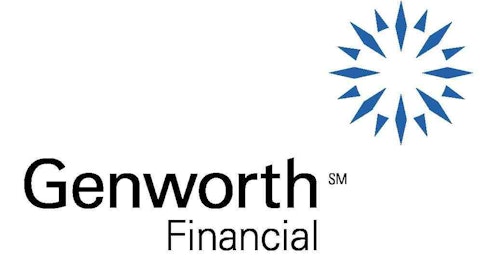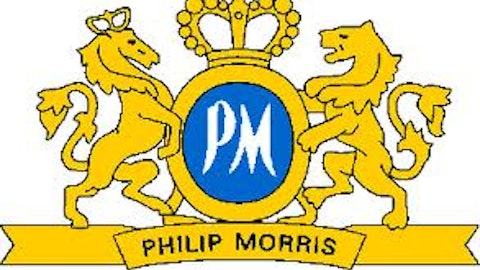
According to the U.S. Energy Information Administration (EIA), Australia’s regions have significant oil and gas potential. In shale oil, the Canning Basin in Western Australia and the Georgina and Amadeus basins in Queensland and the Northern Territory are seen as having oil potential, while the Cooper Basin is seen as the best shale gas target.
Assuming EIA is correct, the thing is which publicly traded North American companies are going to benefit from this huge opportunity. Let’s be an early mover then, providing the investors valuable information about all the deals that the US-listed energy companies have completed in Australia so far. These deals are scattered here and there and the summary below will definitely help.
Australia Is Getting Hot
The latest news come from Chevron Corporation (NYSE:CVX) that pays as much as $349 million to join Beach Energy in an Australian natural gas exploration campaign. This is Chevron Corporation (NYSE:CVX)’s first shale investment in Australia. Chevron Corporation (NYSE:CVX) will acquire as much as 60% of a permit in South Australia and 36% of a block in Queensland. The blocks cover about 810,000 acres in the Cooper Basin. The Cooper Basin is considered to be one of Australia’s best prospects for commercially producing shale gas given its proximity to the country’s eastern population centers and export infrastructure at the port of Gladstone.
Few days ago, ConocoPhillips (NYSE:COP) and PetroChina Company Limited (ADR) (NYSE:PTR) also teamedup for unconventional natural gas exploration in Australia as PetroChina recognizes the significant resource potential and value of the Australian opportunities. PetroChina will acquire from ConocoPhillips a 20% WI in the Poseidon offshore discovery in the Browse Basin, and a 29% WI in the Goldwyer Shale in the onshore Canning Basin. The Goldwyer Shale runs along the northern edge of Great Sandy Desert and stretches across 45,000 sq km of the onshore basin.
ConocoPhillips earned a 75% WI from New Standard Energy in July 2011 in exchange for $A113.5 million. According to an April 2011 report by EIA, the Goldwyer Shale contained 764 tcf of risked gas in place and 229 tcf of risked recoverable gas, the largest estimate for any basin in Australia.
Heritage Oil added few weeks ago on its stake in PetroFrontier Corporation, a Canadian company that holds both conventional and unconventional petroleum assets in Australia’s Southern Georgina Basin. PetroFrontier has an approximate 85.5% WI in 14.1 million gross acres and it is one of the first companies to undertake exploration in the Southern Georgina Basin in Australia’s Northern Territory. Heritage acquired 1,800,000 common shares of PetroFrontier representing 2.27% of the outstanding Shares. Together with shares already held, Heritage now holds 13,960,467 shares, representing approximately 17.58% of the outstanding Shares of PetroFrontier. Heritage is a Toronto-listed company with producing assets in Nigeria and Russia and exploration assets in Malta, Tanzania, Pakistan and Libya.
Give Me More Shale Deals
As output from aging fields off Norway’s coast declines, Statoil ASA(ADR) (NYSE:STO) is another major player who is expanding internationally and into so-called unconventional resources. In June 2012, Statoil acquired 65% of PetroFrontier’s interests in four existing exploration blocks, plus two pending permits in the Southern Georgina Basin, Northern Territory, Australia. The venture may drill as many as 20 wells by 2017 in three phases.
Hess Corp. (NYSE:HES) made a JV agreement with Falcon Oil & Gas that covers significant seismic costs and an option to drill five wells. Falcon holds 100% interest in four exploration permits covering 7 million acres in the Beetaloo Basin of the Northern Territory, Australia. As of August 2012, Hess has deployed two seismic crews in central Australia’s Beetaloo basin and has increased its planned capital expenditure to $57.5 million from $40 million. Hess shot 470 line-km of 2D seismic in 2011. In 2012, Hess also completed the acquisition of seismic data on Exploration Permits 76, 98, and 117 held by Falcon. Following completion of the seismic program, Hess may elect to drill and evaluate five wells to earn a 62.5% WI in the licence area covered by the three permits but excluding the 100,000 acres around the Shenandoah well. Hess has until the 30th June 2013 to make this election.
Rodinia Oil is another Canadian company that holds onshore petroleum and natural gas assets in Australia’s Officer Basin. According to the company, the Officer basin is geologically analogous to the vast producing fields in Siberia and Oman that are of equivalent Neoproterozoic age. According to the independent resource-evaluation firm, Ryder Scott Company Consultants Ltd., Rodinia’s lands contain prospective (recoverable) un-risked, undiscovered resources totalling 125.7 billion barrels of oil. Rodinia drilled the Mulyawara-1 and Kutjara-1 wells in 2011 and encountered oil and gas shows and excellent Neoproterozoic reservoirs. Although these shows demonstrated an active mature petroleum system capable of generating hydrocarbons, both wells were plugged and abandoned as neither was perceived to be commercial. However, the company continues its efforts to find cash in order to keep drilling and prove its acreage.
Foolish Round Up
Although large-scale shale production in Australia may take time due to a lack of drilling equipment, higher labor and infrastructure costs, several global energy companies are trying to tap what Australia’s government estimates is 400 tcf of potential shale gas resources. So it seems that the opportunities in Australia are tremendous and this could be the next big thing. It remains to be seen how the things will evolve in 2013 when the first rigs start drilling at the kangaroo continent.
The article Will The Australian Basins Drive The Next Shale Oil And Gas Boom? originally appeared on Fool.com and is written by Nathan Kirykos.
Copyright © 1995 – 2013 The Motley Fool, LLC. All rights reserved. The Motley Fool has a disclosure policy.





